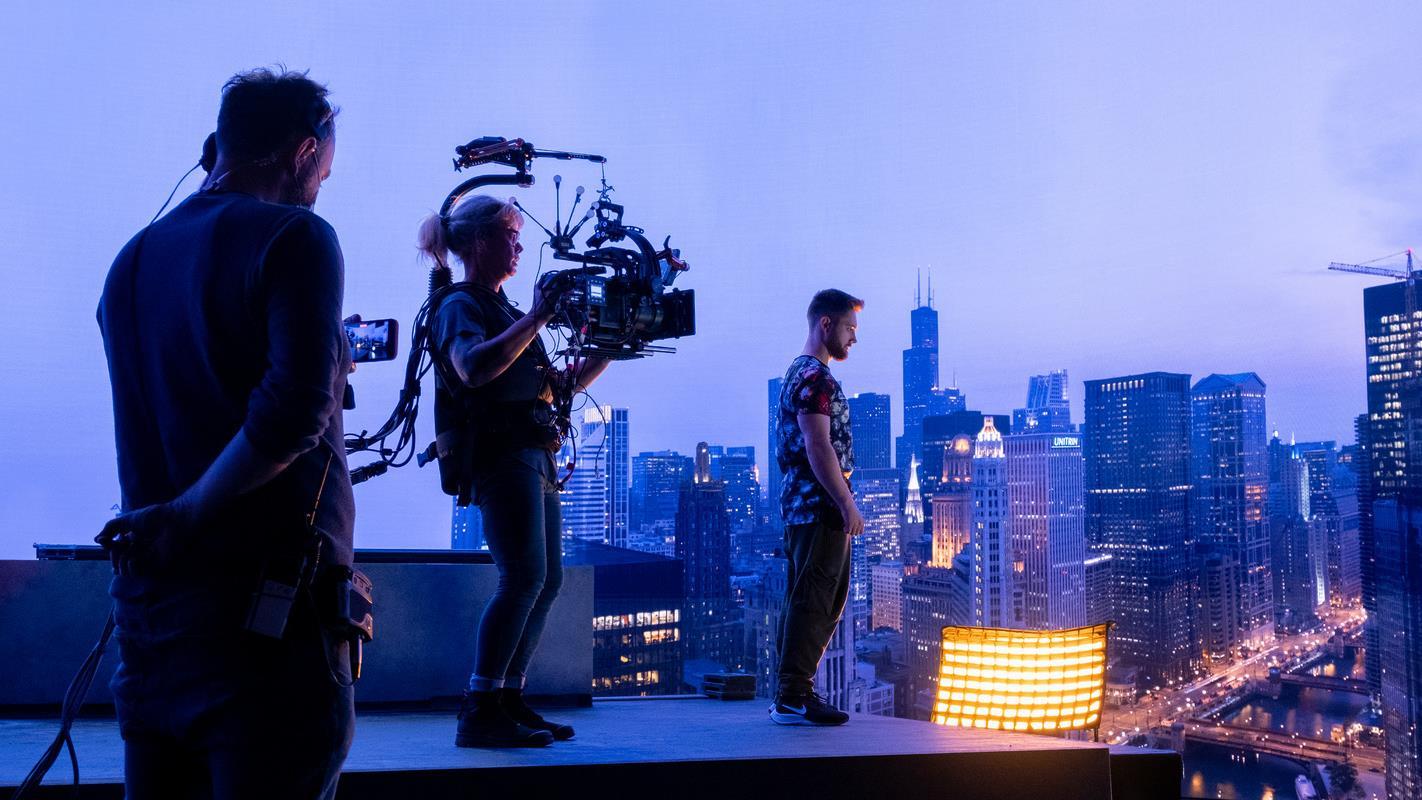How an Image Creation Pipeline Facilitates Virtual Production
Image pipelines are the secret sauce behind Virtual Production and fantastical visual effects. You’ve got to be prepped and ready at all times, and one of the best ways to get ‘er done is through strategy.
When it comes to Virtual Production, image pipelines are the superheroes behind the scenes. Here’s a quick overview of what an image creation pipeline is, why it’s important, and how to get started, right now.

What is an Image Creation Pipeline?
Image creation pipelines refer to the systematic process of generating visual content, typically in digital formats. These pipelines are critical in various industries, including game development, animation, VFX, and film production.
Components of an image pipeline can include (but are not limited to):
- Asset search and Optimization
- Scaling and color correction
- Any frame rate conversions (if necessary)
- Animations production (if/ as necessary)
- Asset management and archiving
- Testing and integration
Now that you understand all the elements involved in the process, how do you plan it?

Steps in the Image Creation Pipeline.
Here’s a general overview of the steps involved in an image creation pipeline:
Step #1) Conceptualization
At this stage, we kick off the creative process by brainstorming ideas and concepts for images and artwork. This can involve sketching, storyboarding, or creating mood boards to visualize the intended outcome.
You should also consider the concept of previsualization. In this technique, 3D artists take ideas a step further by creating low-poly 3D models and representations of scenes.
This collaboration with the production team helps set up camera angles and block out complex scenes, ultimately saving time and resources during the live-action shoot.
Step #2) Pre-production
Detailed planning takes center stage during pre-production. Here, the concept is finalized, the script or narrative (if applicable) is developed, character and environment designs are created, and a comprehensive production plan is crafted.
Step #3) Creating Assets
At this stage in Virtual Production, we roll up our sleeves to create various assets required for the project. This encompasses modeling 3D objects, texturing, rigging characters (if necessary), designing backgrounds, and crafting props or other elements.
If the image involves animation, this stage also includes animating characters, objects, or other elements according to the storyboard or script.
Step #4) Lighting and Rendering
After creating assets, it’s time to meticulously place them in scenes and apply lighting. This involves setting up virtual lights, adjusting their properties, and positioning them for the desired visual impact. Once the lighting is perfected, we render the scene to generate the final image.

Step #5) Compositing
The compositing stage involves blending various elements, such as characters, backgrounds, and effects, to produce the final image. This phase may include tasks like color grading, adding visual effects, and fine-tuning overall image attributes.
Step #6) Quality Assurance (QA)
Before finalizing the image, it undergoes QA to ensure it meets meticulous quality standards. This may involve reviewing for errors, inconsistencies, or visual artifacts.
Step #7) Delivery
Upon approval, the image is prepared for delivery to its intended audience or client. This may require exporting the image in various formats and resolutions suitable for its intended use.
Collaboration and clear communication among team members is critical throughout this process. This ensures the final image aligns with our vision and requirements established during conceptualization and pre-production.
Additionally, iteration and feedback loops play a crucial role in refining the image and addressing any issues encountered during production.
All of these tasks add up to one bottom line:
We’re in a new era of filmmaking.

Why is an Image Pipeline Important?
An image pipeline is essential for streamlining production processes while promising efficiency, consistency, and quality control throughout the creation of visual content.
It enables collaboration among team members, optimizes resource utilization, and facilitates iterative improvements, ultimately leading to the timely delivery of high-quality images tailored to meet project requirements.
Typical goals of an image pipeline can include:
- Perceptually pleasing end results
- Colormetric precision
- A high degree of flexibility
- Low cost/low CPU utilization/long battery life
- Reduction in bandwidth/file size
The image creation pipeline serves as an unsung hero. It works to weed out the gaps and overlaps in processes. From conception to delivery, each of these steps plays a vital role in shaping the final product.
So, whether you’re a seasoned pro or just starting out, let’s keep riding this wave of creativity together. The future of filmmaking looks brighter than ever, and there’s no telling where our imaginations will take us next. 🎥✨
Have questions on your image pipeline?

Want to learn about Virtual Production and how to use it?
Cobalt’s got you covered. As the first company to offer Virtual Sets on the East Coast, we have the experience to guide you. Let’s have some fun.
